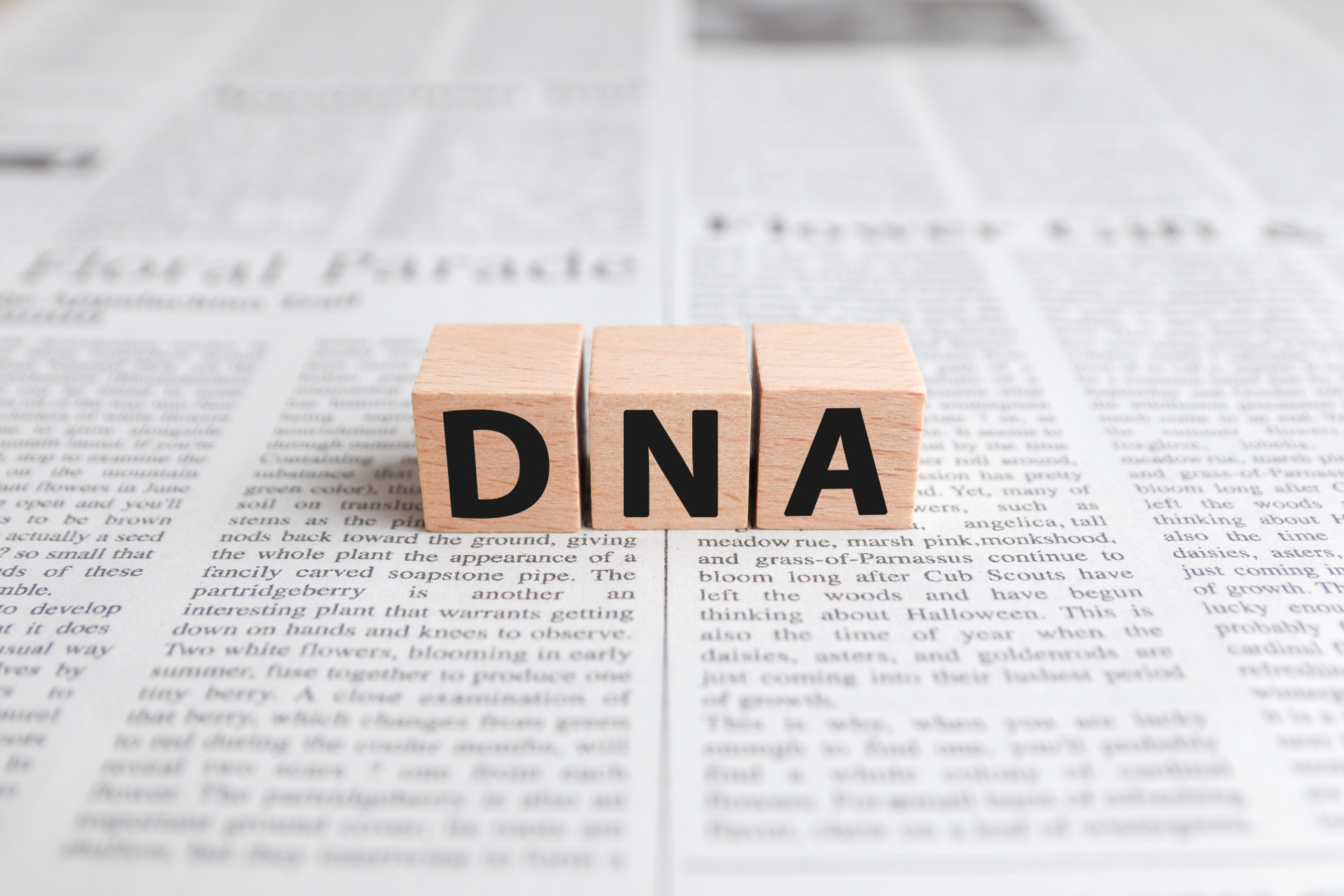
1. What are the basics of genetic analysis?
Genetic analysis is done by analyzing the genetic information (DNA) in our cells. This technology reveals a vast amount of information about our bodies: DNA is the blueprint of genetic information passed from parent to child, and all cells in the body contain the same information.
1.1 Structure and Role of DNA
DNA is a molecule called deoxyribonucleic acid, which has a double helical structure and a sequence of four bases (adenine, thymine, cytosine, and guanine). The sequence of these bases forms the genetic information that determines an individual’s characteristics and genetic tendencies.
1.2 What is a gene?
A gene is a segment of DNA that has a specific function. Each gene encodes a protein, which is what makes our bodies what they are. Approximately 20,000 genes are present in the human body and these determine our genetic characteristics.
2. How Genetic Analysis Works
In genetic analysis, DNA samples are collected and analyzed as follows
- DNA collection: DNA is extracted from saliva or blood.
- Amplification of DNA: DNA is amplified in large quantities using the PCR method (polymerase chain reaction).
- Sequence analysis: The DNA sequence is analyzed to determine the genetic characteristics of the individual.
- Data analysis: Based on the data obtained, disease risk and genetic characteristics are determined.
2.1 What is the PCR method?
The PCR method is a technique to amplify a specific gene region, which can be obtained even from a small amount of DNA. This technology allows genetic analysis to be performed quickly and accurately.
2.2 Next Generation Sequencing (NGS)
Next-generation sequencing is a technology that analyzes DNA sequences at high speed, making it possible to analyze an individual’s genetic information in detail. This technology is particularly useful in cancer research and the elucidation of hereditary diseases.
3. scope of application of genetic analysis
Genetic analysis is used in many fields, including
3.1 Health risk assessment
Genetic analysis can be used to determine whether a person is at high risk for a particular disease. For example, mutations in the BRCA1 and BRCA2 genes are associated with the risk of breast and ovarian cancer.
3.2 Personalized Medicine
In personalized medicine, effective treatments are selected based on a patient’s genetic information. For example, different genes involved in drug metabolism select the right medication regimen for each individual patient.
3.3 Family Tree Research and Ancestor Search
Genetic analysis can be used to determine family and ancestral roots. The history of human evolution and migration is also revealed through DNA analysis.
3.4 Crime Investigation and Forensic Science
DNA analysis plays an important role in forensic science, including evidence analysis at crime scenes and parent-child identification. What are the basics of genetic analysis?
Genetic analysis is performed by analyzing the genetic information (DNA) in our cells. This technology reveals a vast amount of information about our bodies: DNA is the blueprint of genetic information passed from parent to child and contains the same information in every cell in the body.
4. Limitations and Challenges of Genetic testing
Although genetic identification has a great many advantages, some limitations also exist.
4.1 Genetic Interactions and Environmental Factors
In addition to genes, environmental factors and lifestyle also influence disease risk. For example, even if a gene is implicated in a particular disease, it does not necessarily mean that a person will contract that disease.
4.2 Privacy and Ethical Issues
Genetic information is very private data. Therefore, it must be properly protected to prevent misuse of genetic test results. Ethical issues also arise when companies sell genetic data or when insurance companies use it for risk assessment.
5. Points to Keep in Mind When Undergoing Genetic Testing

When undergoing genetic testing, it is important to choose a reliable and transparent company or medical institution. The results of the appraisal are for reference only, and it is recommended that you consider your lifestyle and medical choices after consulting with a specialist.
6. Future Prospects for Genetic Testing
Genetic analysis technology is evolving rapidly, and in the future it is expected to facilitate early detection and prevention of diseases and the development of personalized medicine. In particular, the increasing integration with AI technology will make more accurate and inexpensive genetic analysis possible.
References
- National Institute of Genetics Research Information: https://www.nig.ac.jp
- Ministry of Health, Labour and Welfare (MHLW) resources on genomic medicine: https://www.mhlw.go.jp
- National Center for Biotechnology Information (NCBI) Genetic Research Database: https://www.ncbi.nlm.nih.gov


